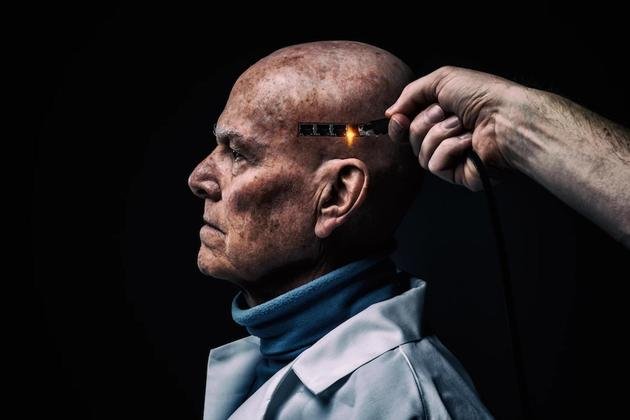
According to media reports, there are four things are real: one is called Nectome start-up plans to save the dying man living brain, to preserve brain tissue, the future one day can let people "coming back to life"; The second is that the grim plan has made headlines in the past few days, and even the MIT technology review on March 13. Third, most news reports do not cite the views of other neuroscientists; Four experts on the American life science website discussed the plan, saying it was ridiculous.
Nectome is planning a physical assisted suicide for the living. The company hopes to bleed the arteries of terminally ill patients, and then add a body preservative to effectively preserve brain tissue. The idea is to death in all organs will be transformed into a connection between neurons map, which constitute a complete physical "connectome", means that the future will be resurrected after someone's death. Is there any evidence that they are successful? Currently, they are able to preserve the "pig brain" very well, using an electron microscope to clearly see each of the brain's synapses.Some cruel Nectome, meanwhile, the company said that the surgery, and surgery is "one hundred percent fatal", here are a few neuroscientists and their graduate students in the company is the first reaction after 48 hours:
Florida state university neuroscientist Jens Foell is good at using neuroimaging studies brain, personal behavior, perception, and the relationship between personality traits, he said: "oh, my god! Don't you think it's not worth reporting at all? Nectome has a lot of publicity about this.
This is a very cool idea, Nectome company try to save the pig brain, but the company save the pig brain, does not mean that it is the realization of all human beings "coming back to life", we should also know what is the brain, the brain information processing and includes what is. Indeed, synapses is the source of all activity in the brain, but cells stimulate behavior is determined by other factors, including is much smaller than the synapses of the protein determine the cell's internal process.
"Connecting" research is a real interesting scientific research project, but on the basis of 2012 scientific American magazine reported that the connection can provide much information, it is not clear, even like c. elegans worms creature, its full connection body has been mapped out. Many neuroscientists believe that even a complete connectome is merely providing some data to "surface cognition" of the elegans.
Harvard University computer neuroscientist Sam Gershman on American life science website describes the questions about the connection body, that he saw, he points out, if you remove all connections, you will no longer memories anything. It is emphasized that most memories are connected to the connectome. Cashman said, there is no doubt that the connection is very necessary to memory, in terms of its significance, it is not dependent upon a single nerve cell (this would be disastrous, because cells will eventually die). But just because the connectome is part of your memory, it doesn't prove that future scientists can somehow rebuild your memory. The most important question, Gershman says, is whether the connectome is good enough for memory: can I reconstruct the memory of connections between all nerve cells? The answer is, of course, impossible, because we know how memories are stored (which is, in itself, a controversial topic). In addition, it is "questionable" whether scientists can master any meaningful personality traits and behavior from the connection-mapping. "The key thought experiment is to ask if you can write a computer program that summarizes these cognitive phenomena using connectomes," says Gershman. In other words, is there a working pattern that shows how the brain can encode critical information into the connectome? It turns out that this type of research is very rare, because connectome is a fundamentally poor source of information about brain function. Like Fosell, Gershman argues that there is a lot of critical information missing from the current connectome mapping, which is what Nectome plans to preserve. You need to know the role of synapses, whether they are stimulating or inhibitive, whether there are different time constants, and what the current modality is, the dynamic state of the dendritic spine. All memory information is stored in the synapse.
Neuroscientists still don't know how memory works in the brain, which makes it questionable whether any company claims to be able to preserve it. Life science website asked Gershman: "do you encourage people to put money into Nectome's service?" "I'm not going to do that," Gershman said. "a person's entire memory cannot be reconstructed from a set of electron micrographs."